There’s a kernel of truth to the idea that all Alfa Romeos end up as coveted classics eventually, though the concept has been stretched the further into the mainstream the brand has ventured. There are owners and enthusiasts who have genuine affection for cars like the Alfa 33 and even the Arna, but the same can be said for Austin Allegros and Maestros these days, and the classic status of those is still often the subject of debate.
So, here’s a challenge: Without using words like “passion” and “character” and even “Italian” – all of which are slightly weasley and low-effort terms when used to justify an Alfa’s existence – what makes an Alfa Romeo a classic, future or otherwise?

Here are some ideas: mechanical intrigue, distinctive design, an involving driving experience, and an interesting development story. Okay, so an Arna might fall down on the distinctive design or even the driving experience factors (I’m surely going to catch flak from the owner of the UK’s single registered Arna for that one), but having a flat four is pretty mechanically intriguing, and the story of its existence is certainly interesting – and nobody ever said a car had to meet all four criteria, anyway.
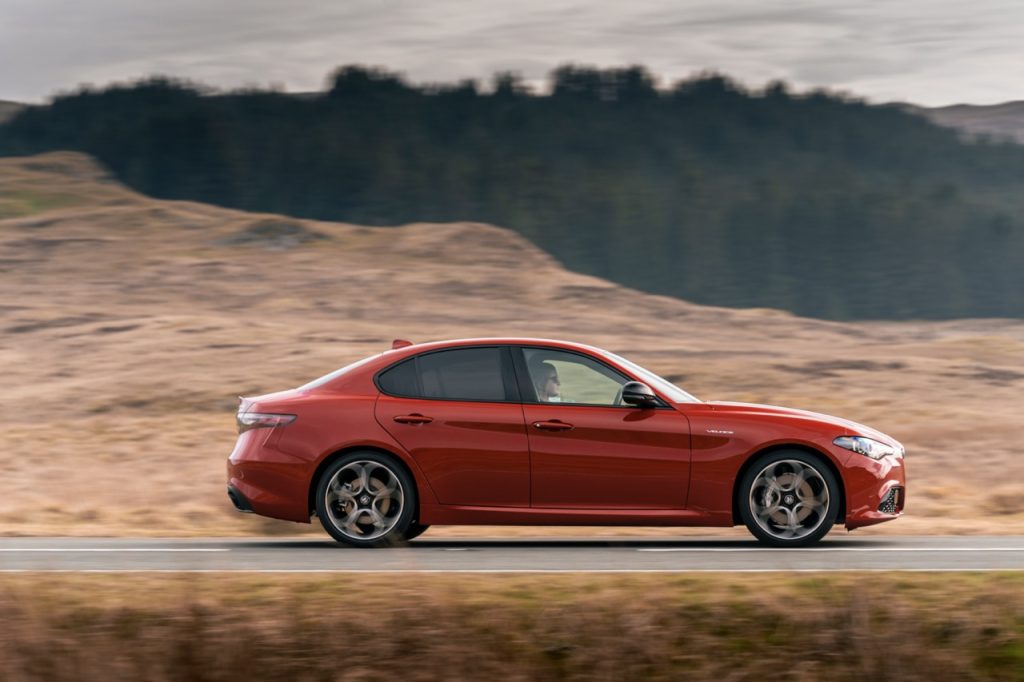
One car that does, however, is the ‘Type 952’ Alfa Romeo Giulia, launched in 2015. Even on the most cursory inspection, it covers all the bases: It is the brand’s first rear-drive saloon since the 75 and has several clever lightweight touches, like a carbon propshaft. It’s easy on the eye, helped by classic front-engine, rear-drive proportions. It’s genuinely good to drive, again helped by its layout, while the appointment of Ferrari’s former technical director, Philippe Krief, as the car’s chief engineer gives it an intriguing backstory, too.
Of all those factors, though, it’s the driving experience that is most likely to seal the modern Giulia’s future-classic status. Quite simply, the Giuila is the best-driving Alfa in as long as many people can remember – as a mainstream car, probably since the Alfasud – with the sort of balance, response, and ability to deal with the surface underneath that people used to associate with BMW’s best.
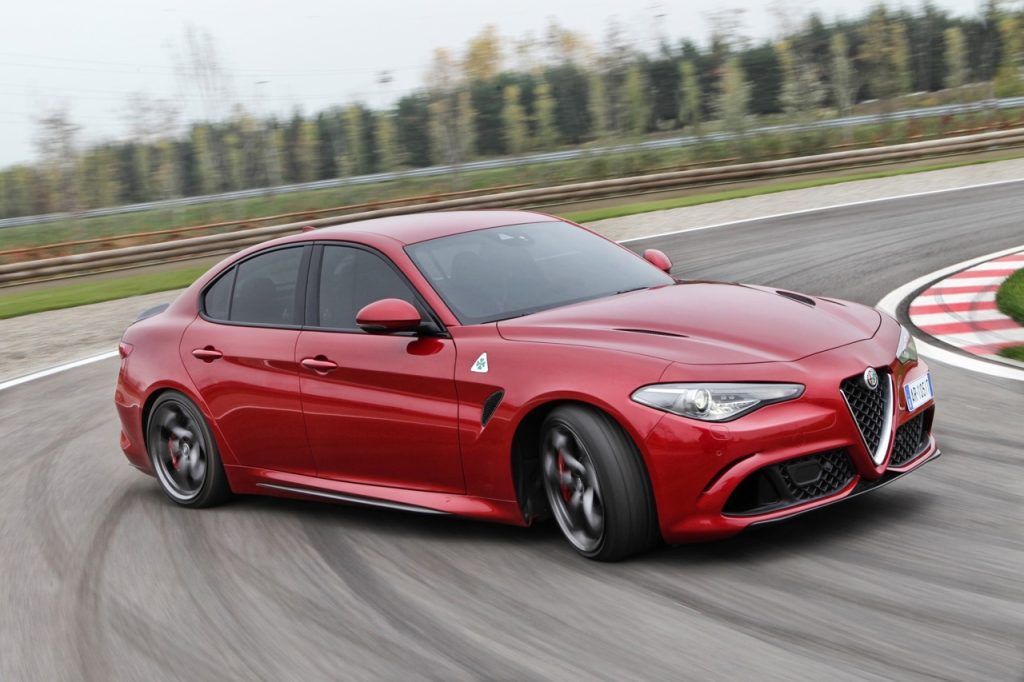
Alfa makes a wickedly fast Quadrifoglio version, but like all the best cars, you don’t need to spend enormous money to enjoy the best that the Giulia offers (though if you do, the 500-horse cloverleaf-badged model really is spectacular). You can still find joy in the 2.2-litre Multijet diesel, since it’s the Giulia’s agility, lightning-fast steering, and keen throttle response that give it such a lively feel. It’s not an exaggeration to say it behaves more like a kind of grown-up Mazda MX-5, and it doesn’t run out of ideas on really gnarly roads as some of its predecessors used to.
True, its engines don’t have the rasp of the Twin Sparks of the 1990s, and UK buyers have only ever been offered an automatic gearbox, but it’s a good one, with the same light and responsive feel as the engines, while massive Ferrari-style gearshift paddles make it surprisingly tactile, too.
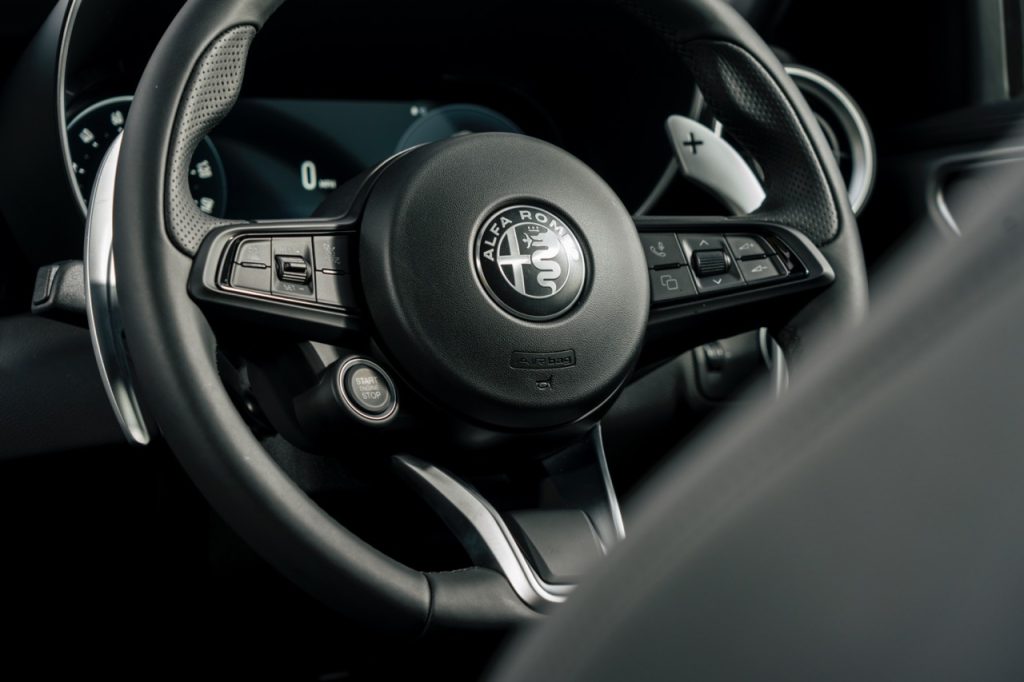
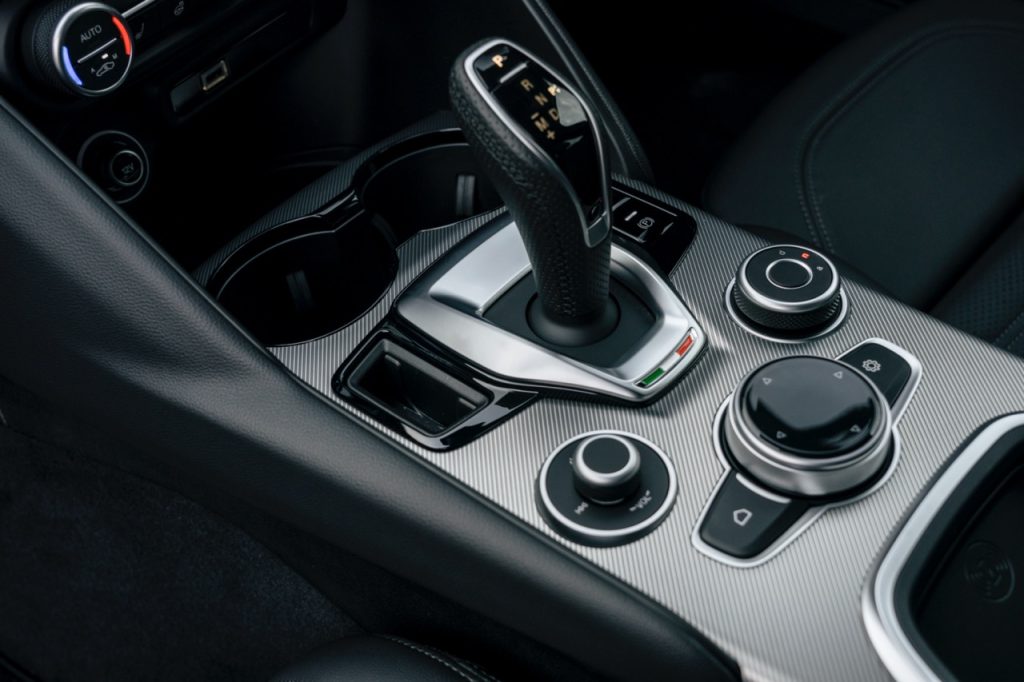
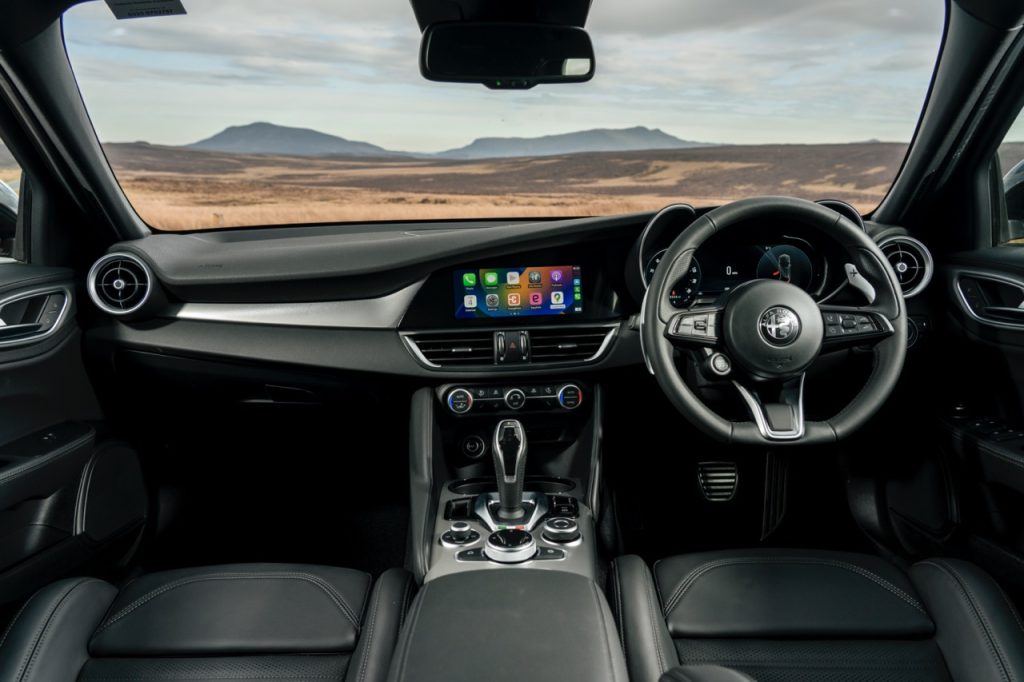
Ex-Ferrari man Krief’s involvement no doubt contributes to some of the car’s distinct similarities to products from that brand. Alfas have long had quick steering, for instance, but the Giulia’s low-effort rack, and the tip-toe feel as the car dances through corners are more than a little 458-like.
Otherwise, there’s an easygoing nature to the Giulia that suits today’s road conditions, and you’re operating the car from a cabin that marks a significant step up for Alfa, if not in pure design terms (the sweep of a 156’s dash and its Momo wheel are still more attractive to our eyes) then for its spot-on driving position and feeling of robustness.
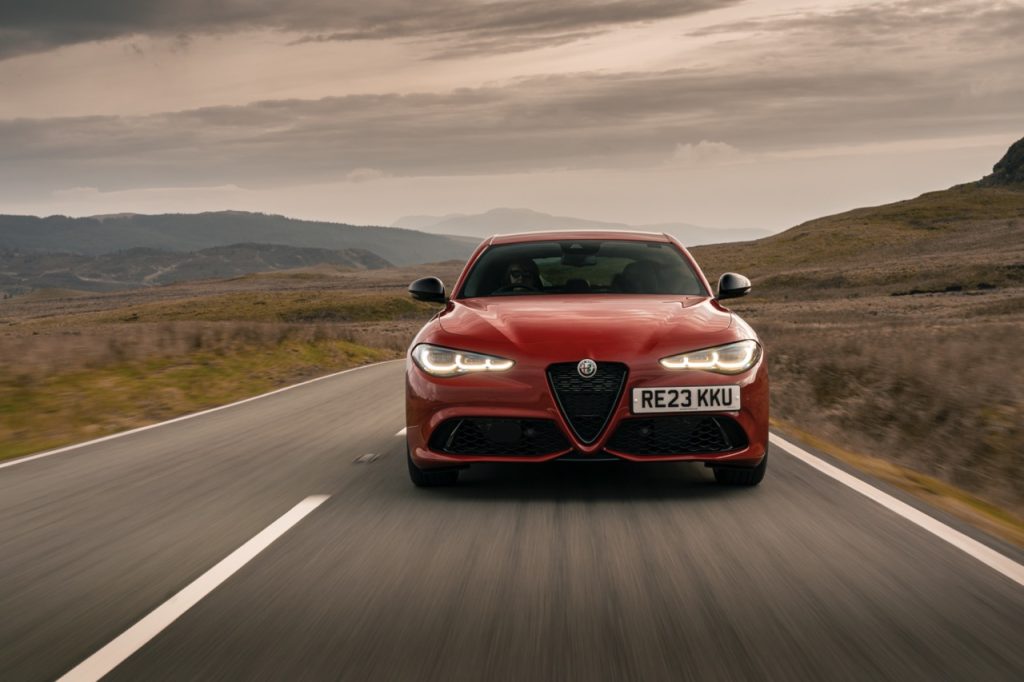
Depending on who you speak to, the Giulia still suffers some traditional Alfa reliability foibles (which, in a newer car, aren’t as easy to write off as “character”), but the brand really made an effort with this car. It got an all-new platform (so far shared only with the Stelvio SUV), a theoretically ideal suspension layout with front double wishbones and a multilink rear, plenty of alloy underneath rather than cheap stamped steel, and the aforementioned carbon fibre propshaft.
Even if the Giulia had none of those things, the Alfa badge on the nose would be enough for some to justify it as a future classic. And that’s fine. But the fact the Giulia happens to be a great car irrespective of its branding is probably even more important.

















It’s already a classic, and the only thing that regularly tempts me to part-ex the Abarth. The biggest barrier I think it’ll face (along with other mass market classics) is the continued viability of driving an ICE car at all. Unless e-fuels become more easily produced and available, classics are once again going to be the preserve of the rich and exotic. We stand to lose so many great cars like the Giulia as a result. All the more reason to buy one now!
The Giulia is as distinctive a car as usual from Alfa, so, yes; every bit a true classic.
I’ve just done 3000 miles behind the wheel of a loan car 2022 Veloce Guilia – I’d echo your sentiments; the Georgio platform is exceptional. I have a 2019 Stelvio Quad. – which I adore – which is having a bit of work done on it, (same chassis, elevated – plus AWD), and that is probably my favourite road car to date. If I didn’t need the practicality, I probably would have gone for Guilia Quad. I also had the 2018 Stelvio Milano 2.2 TD – 470 NM and the best balanced car in the segment by a mile, as the article says, the ZF box is sublime. I don’t give a toss if the platform doesn’t have a massive touchscreen – or remote parking, etc. It feels ‘alive’ like almost nothing does these days, and looks pretty too, especially the Quad. version. There’s nothing German I like better. Definitely makes every journey better 👌
It is a thing of beauty as far as i am concerned like pretty much all Alfa’s are , for me at least is a very appealing departure from the now common supposedly premium branded Euro box’s.
I am now very unlikely to own one, although it is a car i would love. Just cannot yet afford one.
I could afford a late BMW, Audi or Mercedes. Although there is no exclusivity with these brands any more. And they do not have the quality either.
And these brands now have in my humble opinion attracted the wrong image.
So yes. This car has classic potential
My Alfa Giulia 2.2 Diesel is the best car I have ever owned. It offers exceptional stability on the road, allowing me to take tight corners with ease. The red leather adorning the dashboard, door trims, and seats makes for a classy interior, and long journeys are a comfortable experience. With 40+ mpg over the long haul, it has proven to be a cost-effective vehicle to maintain. Driving this car is an absolute joy, everyone loves the style, and nobody thinks I’m a flashy idiot for driving one. I plan to keep this car for the long haul and hope it does become a future classic.
just drove the Quadrafollio 2000 miles -had the cruise on 95 most of the way with several spurts up to 140 – what a fun car!!
Loved it when first saw it. Had it 7 yrs. Next Jan. VESUVIUS GREY RED LEATHER, yellow calipers. Yes some foibles made me think of selling on a few occasions, But sooooo. Glad I didn’t. Still in Looove! P. S had Alfasud green cloverleaf in 80s.